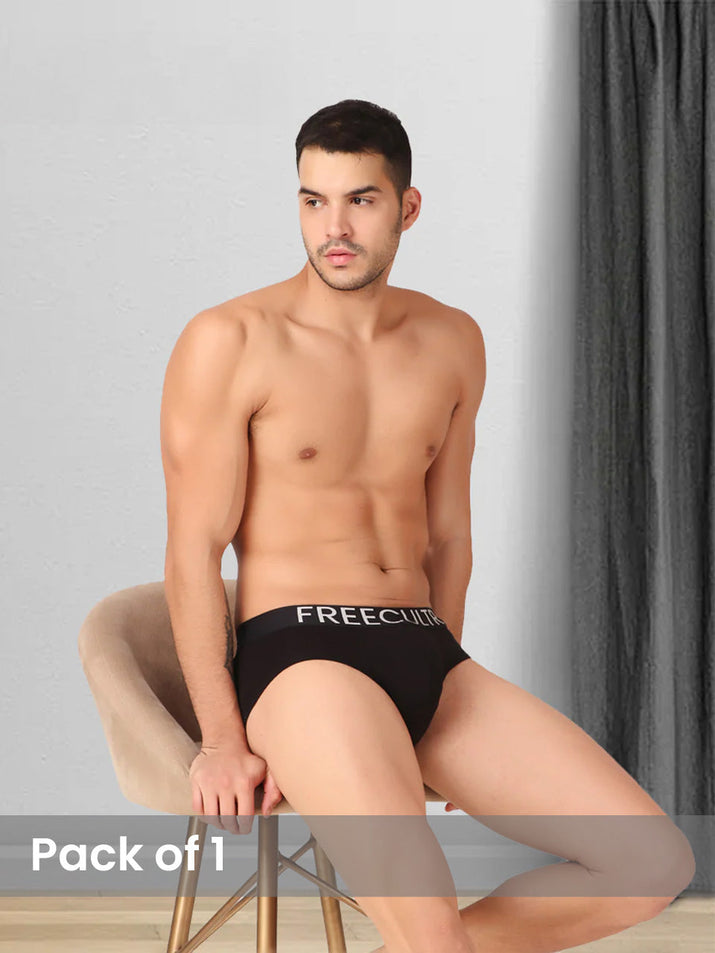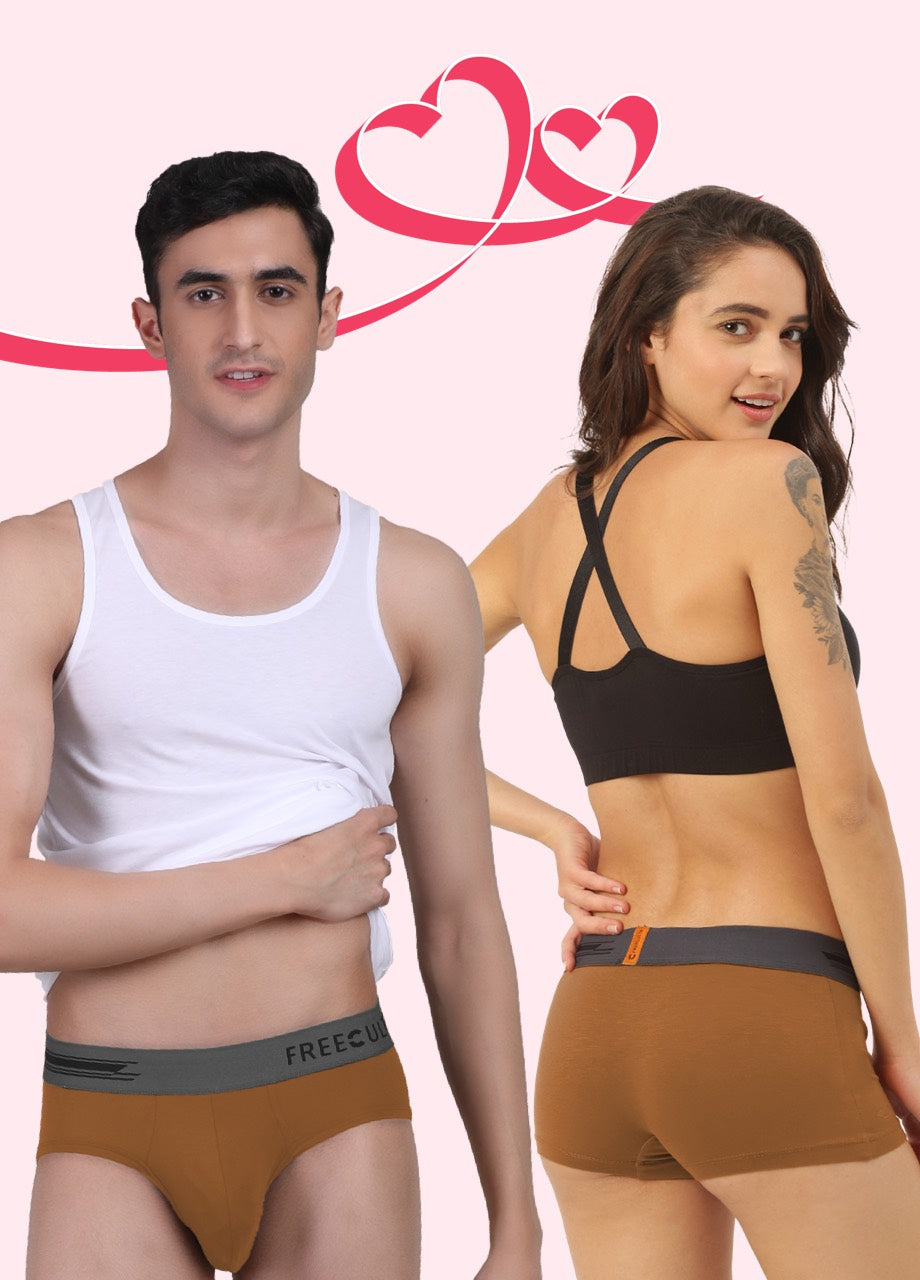Imagine demanding peak athletic performance, where every gram of moisture and millimeter of fabric matters. Today’s briefs are engineered far beyond simple underwear. We're diving into the science of moisture control fabrics, examining how advanced wicking technologies like micro-polyester blends and strategic ventilation zones are combatting sweat build-up. Recent innovations also focus on minimizing friction. Explore how seamless construction, combined with optimized compression levels, virtually eliminates "no-ride-up," a common complaint addressed by brands like Nike and Under Armour in their latest performance lines. These advancements aren't just about comfort; they directly impact athletic endurance and focus.

Understanding Moisture Control in Underwear
Moisture control in underwear is crucial for maintaining hygiene, comfort. Overall well-being. The primary function of moisture-wicking fabrics is to draw sweat away from the skin, allowing it to evaporate quickly. This helps to keep the wearer dry and comfortable, preventing chafing, skin irritation. The growth of bacteria and fungi.
Key Terms and Technologies:
- Moisture-Wicking Fabrics: These are specially designed materials that pull moisture away from the skin and transport it to the outer layer of the fabric, where it can evaporate.
- Hydrophilic vs. Hydrophobic Fibers: Hydrophilic fibers (like cotton) absorb water, while hydrophobic fibers (like polyester and nylon) repel water. Moisture-wicking fabrics often use a blend of these fibers or are treated to enhance their hydrophobic properties.
- Capillary Action: This is the process by which moisture is drawn through the fabric due to the surface tension of the liquid and the structure of the fibers.
- Antimicrobial Treatments: Many moisture-wicking fabrics are treated with antimicrobial agents to inhibit the growth of bacteria and fungi, further reducing odor and the risk of infection.
Materials Used for Moisture Control
Several materials are commonly used in underwear to provide moisture control. Each has its own set of advantages and disadvantages:
- Polyester: A synthetic fiber known for its excellent moisture-wicking properties. It's durable, quick-drying. Relatively inexpensive.
- Nylon: Another synthetic fiber that offers good moisture-wicking and a soft feel. It's also more durable and elastic than polyester.
- Merino Wool: A natural fiber that's surprisingly effective at wicking moisture. It's also breathable, odor-resistant. Comfortable in a wide range of temperatures.
- Bamboo: A sustainable and eco-friendly option that's naturally moisture-wicking and antimicrobial. It's also very soft and comfortable against the skin.
- MicroModal: A type of rayon made from beech tree pulp. It's incredibly soft, breathable. Moisture-wicking.
- Cotton Blends: While 100% cotton isn't ideal for moisture control, cotton blends with synthetic fibers like polyester or spandex can offer a good balance of comfort and moisture-wicking performance.
Understanding the "No-Ride-Up" Feature
The "no-ride-up" feature in briefs is designed to prevent the legs of the underwear from creeping up the thighs, which can cause discomfort and require constant readjustment. This feature is achieved through a combination of design elements and materials.
Factors Contributing to No-Ride-Up Design:
- Leg Opening Design: The shape and cut of the leg openings are crucial. A well-designed leg opening will stay in place without constricting movement.
- Elasticity: The elastic used in the leg openings plays a significant role. It needs to be firm enough to hold the fabric in place but not so tight that it causes discomfort or digging.
- Fabric Composition: The type of fabric used can also affect how well the underwear stays in place. Fabrics with good stretch and recovery properties are essential.
- Panel Construction: Some briefs incorporate strategically placed panels or seams to provide support and prevent ride-up.
- Silicone Grippers: Some higher-end briefs use silicone grippers along the leg openings to provide extra grip and prevent slippage.
Comparing Materials and Design for No-Ride-Up
The effectiveness of the no-ride-up feature depends on the materials used and the overall design of the briefs. Here's a comparison:
| Material/Design Feature | Advantages | Disadvantages |
|---|---|---|
| High Elastane Content | Excellent stretch and recovery, helps maintain shape and prevent sagging. | Can feel restrictive if too tight, may degrade over time. |
| Contoured Pouch | Provides support and helps keep the underwear in place. | May not be suitable for all body types, can feel too bulky for some. |
| Seamless Construction | Reduces friction and irritation, enhances comfort. | May be more expensive to produce, can be less durable than seamed construction. |
| Silicone Grippers | Provides excellent grip and prevents slippage. | Can cause irritation for some individuals, may degrade with washing. |
Real-World Applications and Use Cases
Moisture-control and no-ride-up briefs are beneficial in a variety of situations:
- Athletic Activities: Ideal for workouts, running. Other sports where sweat and movement are common. They help keep you dry and comfortable, preventing chafing and irritation.
- Everyday Wear: Great for everyday wear, especially in warm weather or for individuals who tend to sweat more. They help maintain hygiene and comfort throughout the day.
- Travel: Perfect for long flights or road trips where you may not have the opportunity to change your underwear frequently. The moisture-wicking properties help keep you feeling fresh and clean.
- Occupations: Beneficial for individuals in professions that require physical activity or working in hot environments, such as construction workers, chefs. Healthcare professionals.
- Medical Conditions: Recommended for individuals with certain medical conditions, such as hyperhidrosis (excessive sweating) or those prone to skin infections.
Fashion & Comfort: Finding the Right Balance
When choosing briefs with moisture control and no-ride-up features, it’s essential to find the right balance between functionality and aesthetics. Many brands now offer stylish designs and colors while still prioritizing performance. Consider the following:
- Style: Choose a style that you find comfortable and appealing, whether it's classic briefs, trunks, or boxer briefs.
- Color: Opt for colors that you like and that work well with your wardrobe. Darker colors may be more practical for everyday wear, while lighter colors may be preferable for warmer weather.
- Fit: Ensure that the briefs fit properly. They should be snug but not too tight. The leg openings should stay in place without digging or riding up.
- Brand Reputation: Research different brands and read reviews to find briefs that are known for their quality, durability. Performance.
Fashion & Comfort go hand in hand. You don't have to sacrifice style for comfort. Many brands now offer stylish designs and colors while still prioritizing performance.
Conclusion
Choosing the right briefs is more than just a daily routine; it's about prioritizing your comfort and confidence. By focusing on moisture control, you can say goodbye to irritation and hello to all-day freshness, especially crucial during workouts or warmer months. Similarly, investing in briefs designed to prevent ride-up means freedom of movement without constant adjustments. Personally, I've found that opting for natural fabrics like modal or incorporating breathable mesh panels makes a significant difference. Don't be afraid to experiment with different brands and styles to find what truly works for you. Consider recent advancements in seamless construction, which further minimizes friction and enhances overall comfort. Remember, the foundation of a great outfit starts with great underwear. Choose wisely, feel amazing. Confidently conquer your day! For a deeper dive into fabric technology, resources like Textile Today [https://www. Textiletoday. Com. Bd/] offer valuable insights.More Articles
Brief – Supportive Fit & Breathable ComfortMen's Trunks – Quick-Drying & Flexible Movement
Tees – UV Protection & Eco-Friendly Fabric
Women's Tank Top – Breathable Fabric & All-Day Comfort
FAQs
So, what exactly does 'moisture control' mean in these briefs?
Great question! , it means the fabric is designed to wick away sweat and other moisture from your skin. This helps you stay feeling fresh and dry, which is especially awesome during workouts or hot weather.
No-ride-up? Is that, like, actually true? I'm tired of briefs creeping up my legs!
I feel you! The 'no-ride-up' claim means the briefs are designed with features – often a specific leg opening design or inner gripper elastic – to help them stay in place. While nothing is 100% foolproof, these features definitely make a big difference compared to regular briefs.
What kind of activities are these briefs best for?
They're pretty versatile! Because of the moisture control and no-ride-up features, they're great for workouts like running, gym sessions, or even just everyday wear if you tend to sweat a bit. Think of them as reliable underwear for when you need a little extra support and comfort.
How do I wash them to keep the moisture control working?
Good thinking! Check the care label, of course. Generally, you'll want to wash them in cold water and avoid using fabric softener. Fabric softener can actually clog the fibers and reduce the wicking properties. Tumble dry low, or even better, hang them to dry.
Are these briefs just for men, or do they come in women's styles too?
Moisture-wicking and no-ride briefs are available for both men and women! The specific styles and cuts will differ. The core benefits are the same: keeping you dry and comfortable without constant adjusting.
What materials are usually used to make these types of briefs?
You'll often find them made from synthetic fabrics like polyester, nylon, or blends including spandex (for stretch). These materials are naturally good at wicking moisture. Some might also incorporate natural fibers like merino wool for added comfort and odor control.
Will these briefs shrink in the wash?
It depends on the specific fabric blend! Always check the care label. Pre-shrunk fabrics are less likely to shrink significantly. To be safe, washing in cold water and avoiding high heat in the dryer is always a good idea.






